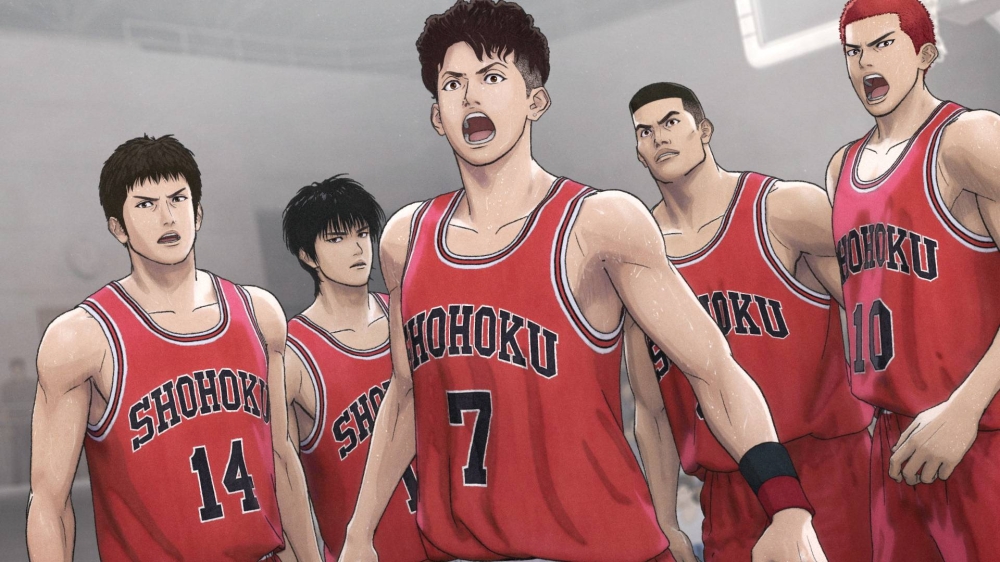Filmmaker Hayao Miyazaki, a founder of the animation house Studio Ghibli, is one of the last practitioners of hand-drawn animation. His new coming-of-age fantasy, “The Boy and the Heron,” has been praised for a style that seems like a relic from the past. IndieWire critic David Ehrlich called it “among the most beautiful movies ever drawn,” a much-needed salve “after a decade of ‘Minions’”; it’s also a likely Oscar contender.
But while much of “The Boy and the Heron” was illustrated with pencil and paint on paper, the movie — like virtually every modern anime film — makes extensive use of computer animation, including digital compositing and visual effects. The classical, naturalistic style of the film does not call attention to such techniques, though they were a fundamental part of its design and production. They’re most evident in small flourishes: the vibrant flicker of a flame, the swirling flight of an arrow.
Atsushi Okui, director of animation photography on “The Boy and the Heron” and a longtime Studio Ghibli cinematographer, says in an interview that the studio regards computer-generated imagery as “a complementary tool in graphic production that puts hand-drawn 2D animation as its principal axis.”

